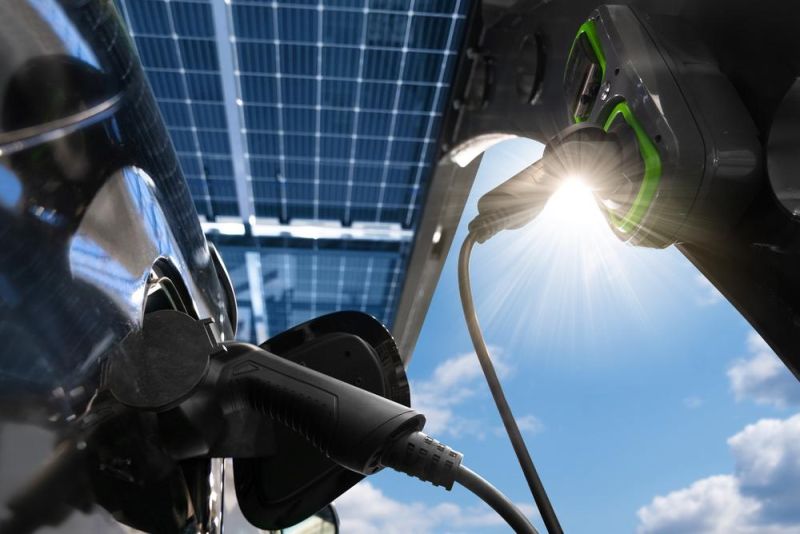More than 110,000 Australian households could soon have access to $1 billion in low‑interest loans to help make energy efficient upgrades to their homes as part of a new budget initiative, but the Master Electricians Australia (MEA) trade organisation has called on the federal government to adopt a “holistic approach” when setting the loan criteria.
The $1.3 billion Household Energy Upgrades Fund, announced as part of the 2023-34 federal budget, will provide households with access to discounted finance to increase sustainability across the housing sector, including through investment in energy efficiency upgrades, high-performing appliances and battery-ready solar PV.
The fund includes $1 billion in discounted loans to help households install solar panels, replace gas hot-water system and stoves with electric alternatives, double-glaze their windows and undertake other energy efficiency measures.
The fund will also provide $300 million to support energy performance upgrades to social housing which will be co-funded and co-designed with the states and territories.
MEA Chief Executive Officer Malcolm Richards said while solar panels and high-efficiency electric hot water systems are worthy of support, new technologies are emerging that will potentially provide greater benefits to households and the nation.
Richards urged the government to consider supporting households to invest in bi-directional electric vehicle (EV) charging points that would allow people to draw electricity from their car batteries at peak times and charge them when demand for electricity is lower.
“Many areas of Australia already experience negative demand for solar power at the hottest part of the day, that is to say, we produce more power than we can use,” he said. “Funding additional solar panels alone will only add to this problem. We would like to see a holistic approach to this loan scheme, incorporating emerging technologies to maximise the benefits of green energy generation.”
Richards suggested the loan criteria for the Household Energy Upgrades Fund could be expanded to include battery energy storage solutions to help smooth that negative demand in the middle of the day, “by capturing excess electricity and making it available during the evening peak.”
“But there’s no reason for the batteries to be fixed in one place,” he said. “Within the next decade most Australians homes are expected to have at least one electric vehicle. Why not use that in-built battery as a power source for homes or offices?”
“Charge the vehicle wherever you are during the day and use the power wherever you are at night. It not only saves money for consumers, but it cuts down on the need for expensive investment in the power grid.”
Richards said by adopting some “out-of-the-box thinking” with the energy upgrades fund, the federal government can not only help households, but can earn a dividend for the budget in the form of deferred spending in the years ahead.
While the final detail of the Household Energy Upgrades Fund is yet to be published, the $1 billion scheme will be overseen by the Clean Energy Finance Corporation (CEFC) which will work alongside private lenders to deliver the program. The scheme is expected to start next year.
The fund is part of a larger $1.6 billion “energy savings plan” outlined in the budget. This includes $314 million in tax deductions for businesses with a turnover of less than $50 million that invest in renewable energy and energy efficiency measures.
This content is protected by copyright and may not be reused. If you want to cooperate with us and would like to reuse some of our content, please contact: editors@pv-magazine.com.









By submitting this form you agree to pv magazine using your data for the purposes of publishing your comment.
Your personal data will only be disclosed or otherwise transmitted to third parties for the purposes of spam filtering or if this is necessary for technical maintenance of the website. Any other transfer to third parties will not take place unless this is justified on the basis of applicable data protection regulations or if pv magazine is legally obliged to do so.
You may revoke this consent at any time with effect for the future, in which case your personal data will be deleted immediately. Otherwise, your data will be deleted if pv magazine has processed your request or the purpose of data storage is fulfilled.
Further information on data privacy can be found in our Data Protection Policy.